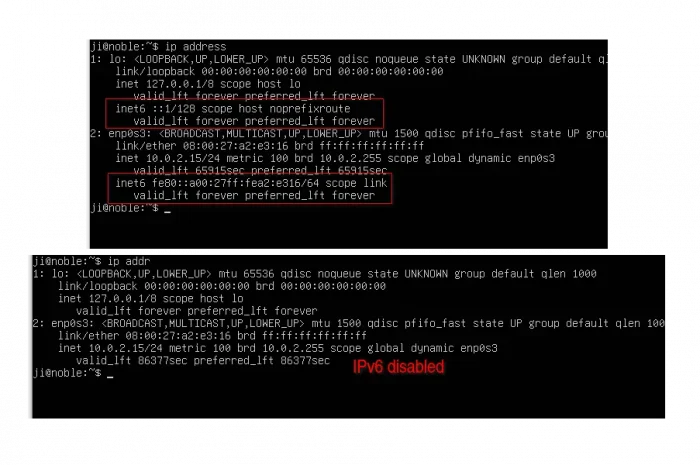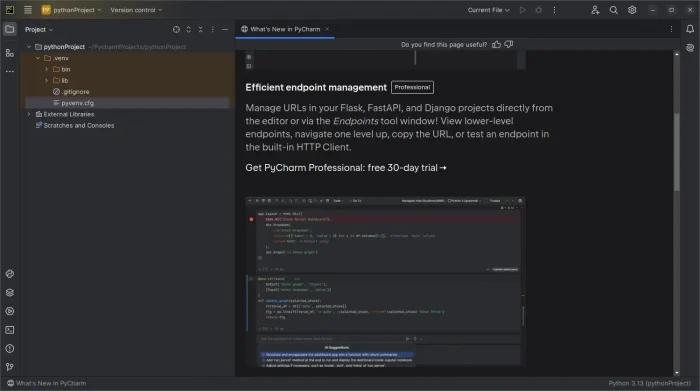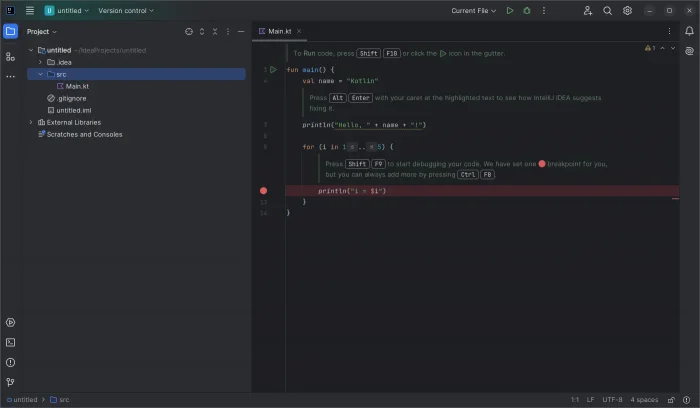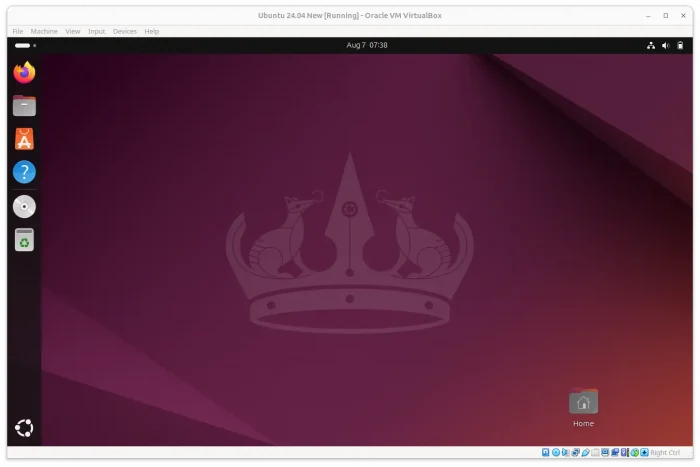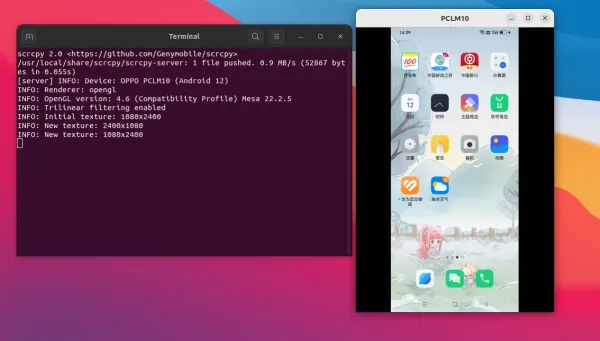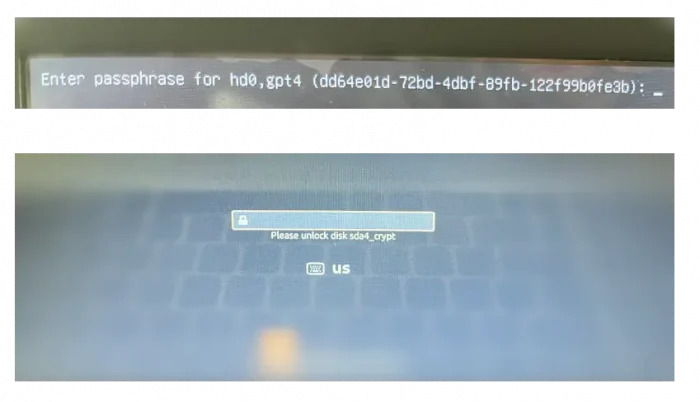This is a step by step beginner’s guide shows how to control the fan speed in Lenovo ThinkPad laptop running Ubuntu 24.04.
The fan speed control solution differs depends on computer manufacturers. For my ThinkPad T480s, fan is usually not spinning when doing the basic web browsing and other light works.
But if you want, it’s easy to set a fixed fan speed, or adjust the speed automatically according to the core temperature.






